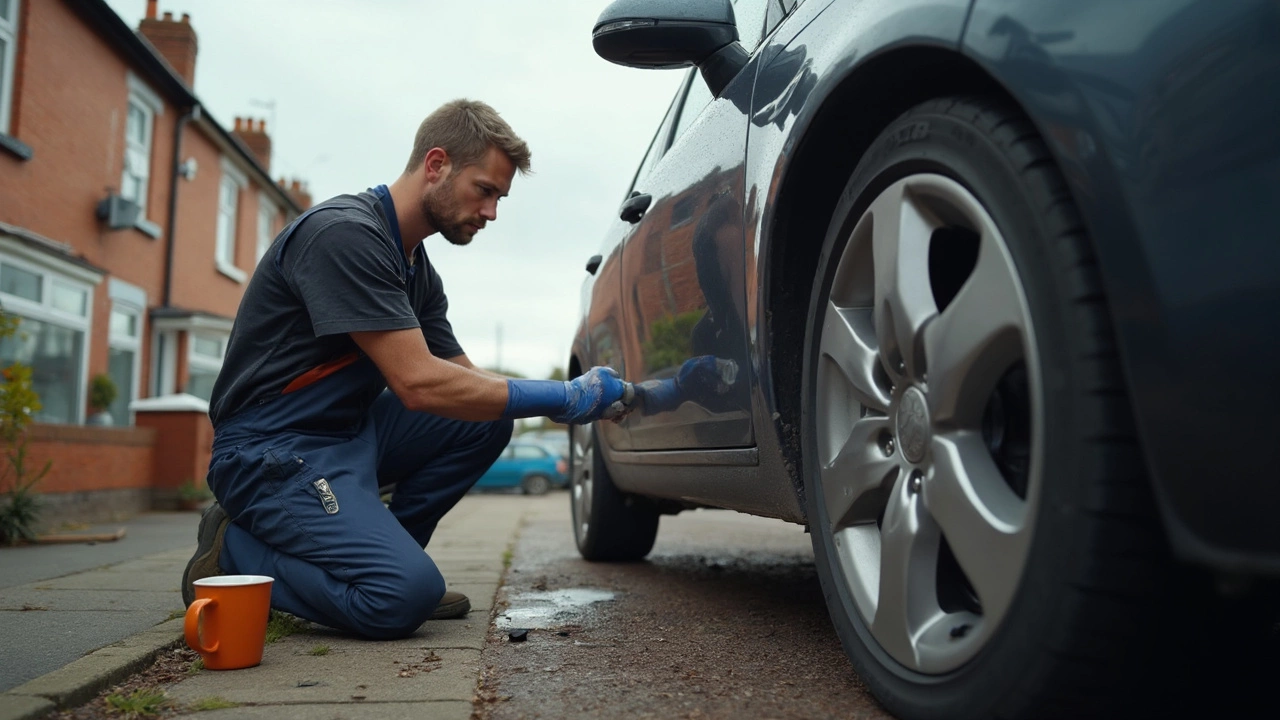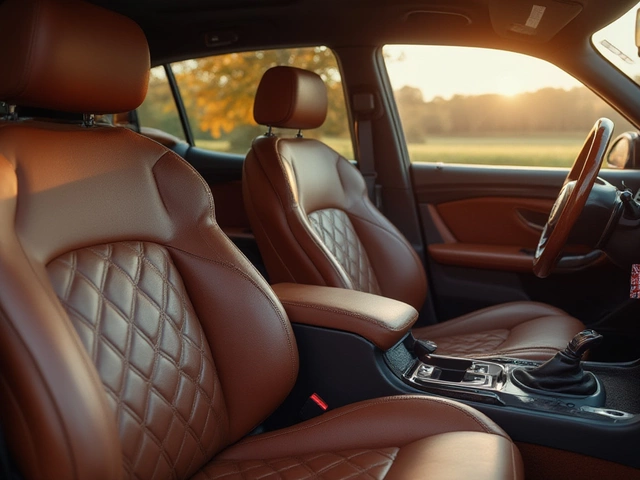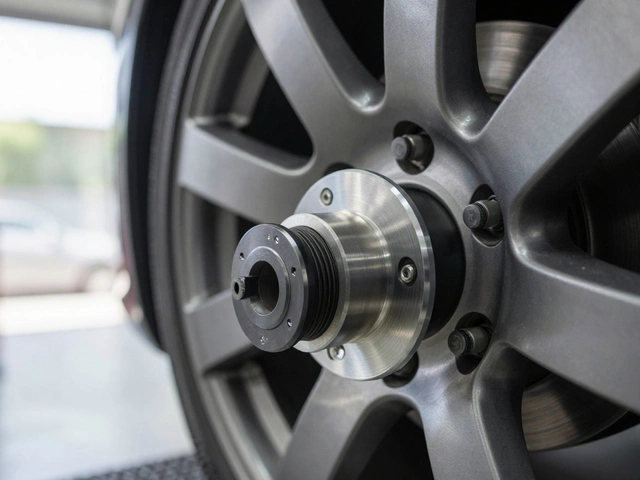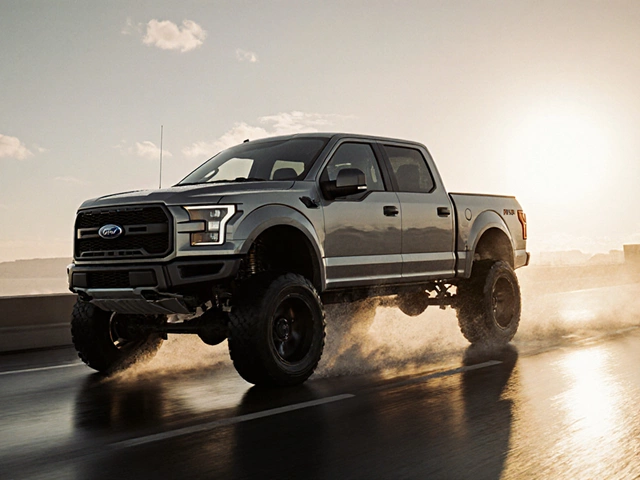Folks toss around the idea of adding wheel spacers like it's just another mod, but hold up—do you really need spacers on all four wheels? It’s not as simple as just grabbing a set and slapping them on. The truth is, the answer depends on what you’re trying to achieve with your ride—better stance, improved handling, or just that sweet look when the wheels line up with the fender.
If you want those wheels sitting flush, sure, spacers might do the trick. But putting spacers on just the front or just the back can mess with how your car handles. Throwing spacers on all four corners helps keep things balanced, but you’ve gotta do it right—matching sizes and keeping track of your car’s suspension geometry, so you’re not setting yourself up for wobbles or weird tire wear.
Most people don’t realize that each car reacts a bit differently to spacers. It depends on your vehicle’s design, your wheel setup, and even your daily driving style. There are hidden details you can’t guess without a bit of research or talking to someone who’s been there. You don’t want to be that guy with the nasty wheel shake at 65 mph or a busted bearing six months later.
- What Wheel Spacers Actually Do
- When You Need Spacers on All Four Wheels
- Risks and Common Mistakes
- Tips for Safe Spacer Installation
What Wheel Spacers Actually Do
It’s easy to hear about wheel spacers and think they’re just for looks, but they do way more. A spacer is basically a metal disc that fits between your wheel and your car’s hub. This little bit of metal pushes the wheel further out, away from your car’s body. You can use spacers to gain a wider stance, solve clearance problems with brakes or suspension, or help fit wheels that otherwise wouldn’t work.
Let’s break down what happens when you install wheel spacers:
- Wider Track: Spacers move your wheels outwards, so your car sits a bit wider. This can help with stability, especially in corners, since the car’s weight is spread out more.
- Better Clearance: If your aftermarket wheels or tires are rubbing your suspension or brakes, spacers can push them out to clear the problem.
- Changes Looks: Visually, spacers help make your wheels flush with the fender, which a lot of folks think looks cleaner or more aggressive.
- Wheel Fitment: Sometimes a certain wheel just won’t fit without a spacer. It looks simple, but it’s a go-to fix for tight fits.
But there’s a flip side. Spacers also shift the load on your car’s hubs and wheel bearings further out. If you go too thick, that extra stress can wear things out faster. It’s not all doom and gloom though—done in moderation, and with proper hardware, spacers are safe and pretty common in the car world.
Here’s a quick table with the typical thicknesses and what folks usually use them for:
| Spacer Thickness (mm) | Common Use |
|---|---|
| 3-5 | Minor rubbing or to make wheels look just right |
| 10-15 | Clearing brakes, fixing more serious rubbing |
| 20+ | Heavy clearance issues, aggressive stance |
So, wheel spacers are all about repositioning your wheels for fitment, looks, or both. Just make sure you understand the tradeoffs—there’s more going on than just pushing the wheels out.
When You Need Spacers on All Four Wheels
Going for wheel spacers on all 4 wheels isn’t always just about the looks. Sometimes, it’s a fix you can’t avoid when you swap in aftermarket wheels with the wrong offset, or if bigger brakes create clearance issues. If your car’s new wheels scrape on the suspension, calipers, or inner fender but you love the style or tire setup, adding spacers to all four corners could be the move instead of buying a new wheel set.
The other big reason? Balance. If you stick spacers just on one axle, your track width changes differently up front and out back. That can screw with how your car feels in the turns—and not in a good way. Putting spacers on all four brings everything back in line, keeping the geometry close to stock but with the extra clearance you want.
People running wide-body kits or aggressive tire setups usually need spacers on all four wheels. It helps wheels poke out just enough to fill the fenders and stops rubbing when you turn or hit a bump. Those who take their rides to the track also go this route to lower the risk of understeer or oversteer caused by track width changes only at one end.
Here are some clear reasons to use wheel spacers on all four wheels:
- You changed wheels or tires and lost proper clearance on both axles.
- You upgraded brakes that are hitting your wheels up front and in back.
- You're installing a wide-body kit and want all four wheels flush with your new fenders.
- You're after a balanced look and feel—no weird drift or squat because one end sticks out more than the other.
If you’re curious about real gains, here’s a quick look at some typical changes in track width and what they can mean for your car’s grip:
| Spacer Size (mm) | Added Track Width (front and rear, mm) | Effect on Handling |
|---|---|---|
| 10 | 20 (per axle) | Minor increase in stability |
| 15 | 30 (per axle) | Better grip, less body roll |
| 20 | 40 (per axle) | Noticeably more planted feel |
Just remember—throwing wheel spacers on all 4 wheels is a move you make for real reasons, not just trends. Done right, you’ll get better handling, safer clearance, and a look that actually lines up. Rush it or guess at sizes, though, and you might be buying wheel bearings and tires way sooner than you planned.
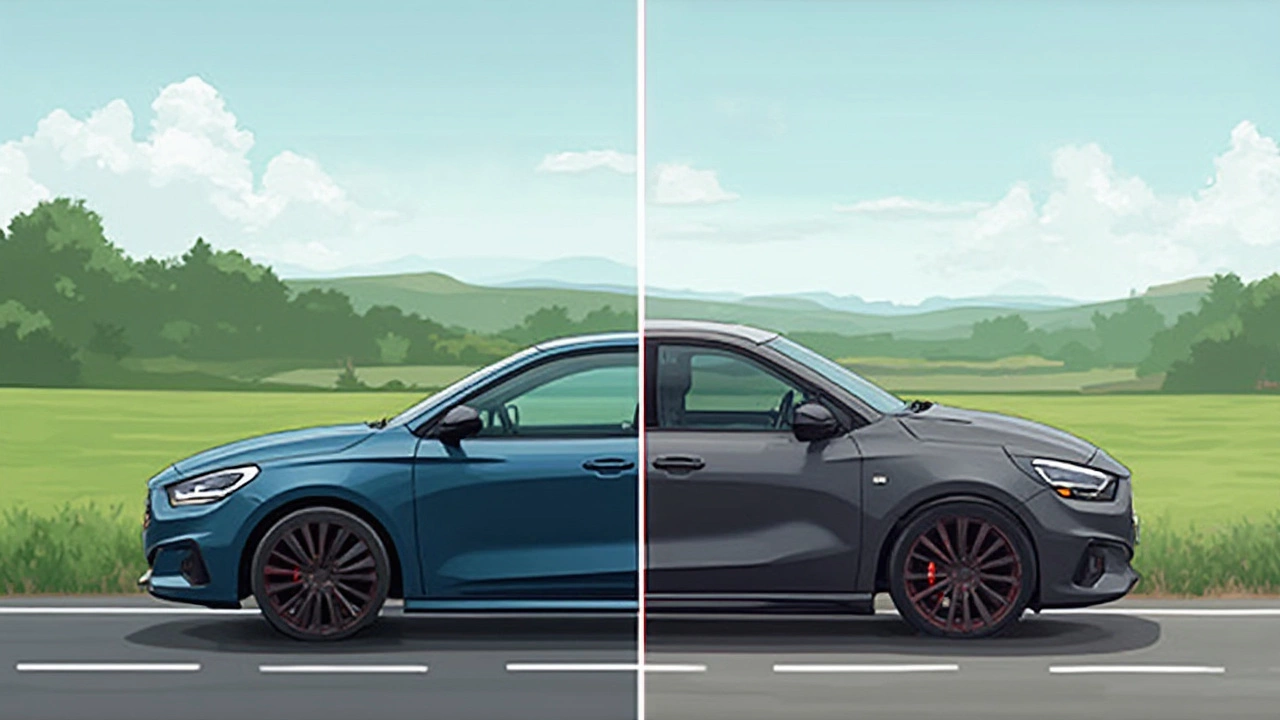
Risks and Common Mistakes
Installing wheel spacers isn’t just plug-and-play. Get it wrong, and you could end up with sketchy handling, faster than normal wear on your suspension, or even a wheel coming loose. Yeah, that last one happens more often than you’d think, especially if people don’t use the right hardware or torque settings.
One big risk is stressing out your wheel bearings. Spacers push the wheel further away from the hub, which means more leverage on those bearings—kind of like making a wrench longer. A study from an aftermarket suspension supplier showed average wheel bearing lifespan drops by 12-20% when using spacers thicker than 15mm. It really does add up over time, especially if you drive hard or hit a lot of bumps.
Another common mistake? Mismatched spacer sizes front to back. Your car was built for a certain track width (that’s the distance between the wheels from one side to the other), and messing with that can make the car understeer or oversteer, especially in slippery conditions. People sometimes put thicker spacers in the rear for looks, but that can actually make the car push wide in a corner.
Then you’ve got wheel studs or lug bolts that aren’t long enough. If you don’t get extra thread engagement (at least 6-8 full turns on the nut), you’re just asking for a disaster. Plenty of cars have lost wheels on the highway because the spacers were installed without checking this.
Let’s not forget cheap or poorly machined spacers. If you buy the bargain-basement set online, there’s a chance the bolt holes won’t line up or the center bore isn’t cut right. That causes vibration and makes the wheels hard to balance. Quality matters here—don’t skimp.
| Common Spacer Mistake | Possible Result |
|---|---|
| Wrong bolt length | Wheel detachment |
| Cheap materials | Cracked or warped spacers |
| Mismatched front/rear width | Handling issues |
| Lack of hub-centric rings | Steering vibration |
The bottom line? If you’re going to add spacers—especially on all 4 wheels—do your research, double-check your measurements, and use quality parts. No sense risking your safety or your car just for a little extra stance.
Tips for Safe Spacer Installation
If you’re set on putting wheel spacers on all four wheels, you’ve got to play it smart. Starting with the basics—use high-quality spacers, always. Cheap, off-brand parts tend to fail or warp under pressure, and your wheels hold up the weight of your entire car. Look for spacers that are made from forged aluminum and come from legit companies, not random sellers.
Always match the spacer size on all four wheels unless there’s a very specific reason not to (like a staggered setup that you know works for your car). Sticking with uniform sizes helps keep your car’s handling predictable and the installation straightforward. Mixed spacer sizes can throw off the balance and cause uneven wear.
- Check that your wheel spacers are perfectly centered every time. If they’re off by even a tiny bit, you’ll get vibrations that feel like a bad alignment or, worse, can shake your wheel bearings loose over time.
- Use the correct torque for the lug nuts. Over-tightening or under-tightening can both mess things up. Most passenger cars take between 80-100 lb-ft, but check your owner’s manual or the spacer maker’s suggestions.
- If your car uses hub-centric spacers, make sure the hub ring fits snug—no gap should be visible. Lug-centric spacers are trickier and not recommended unless you know what you’re doing. Hub-centric ones will help prevent wobbles at higher speeds.
- Don’t forget about thread engagement. Your studs must have enough threads to grip. A general rule: lug nuts should spin at least 7 full turns by hand before tightening. If your spacers are thick, you may need longer wheel studs or extended bolts.
- After the first 50-100 miles, re-check your lug nuts. Spacers can settle a bit after installation, so this is a must. Lots of folks ignore this step and end up regretting it.
Here's a quick view of what causes the most problems when people add spacers:
| Common Mistake | Possible Issue |
|---|---|
| Cheap/incorrect spacers | Cracking, bending, wheel failure |
| No torque check | Loose wheels, unsafe driving |
| Insufficient thread engagement | Lug nuts strip or fall off |
| Mismatched spacer sizes | Weird handling, uneven tire wear |
Double-check everything before you hit the road. If anything feels off—vibration, noise, or handling quirks—don’t ignore it. Pull over and inspect the wheel spacers and installation. Taking these extra steps is key to safely getting that improved stance or look you want without risking your ride or your safety.

